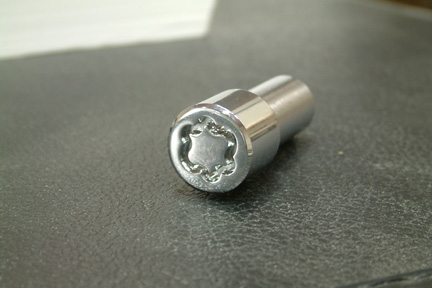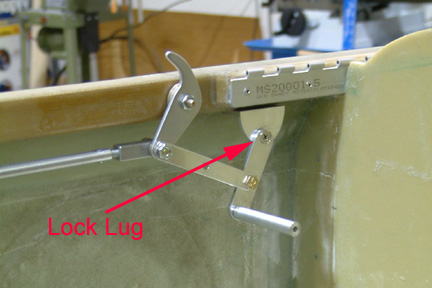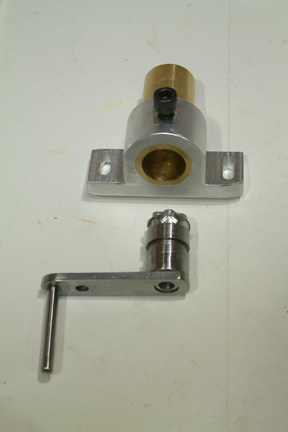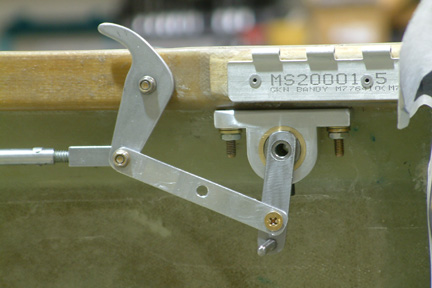 Instead
of a latched door, I decided to use a theft resistant lock bolt instead. There
are many theft resistant/proof lock bolts and nuts available in the automotive
market. However rugged, they are generally bulky and heavy. A good example is the theft
resistant wheel locks (picture left). The head of the bolt has a unique design
(according to their ad) such that there can only be one key shape to turn the
wheel lock. I bought a lock set from McGuard and it came with 4 lock lugs and a special key. Picture left is one of the 4 lock lugs with a special
head design. You need an opposing key (of exact mirror image) to turn the lock
lug.
Instead
of a latched door, I decided to use a theft resistant lock bolt instead. There
are many theft resistant/proof lock bolts and nuts available in the automotive
market. However rugged, they are generally bulky and heavy. A good example is the theft
resistant wheel locks (picture left). The head of the bolt has a unique design
(according to their ad) such that there can only be one key shape to turn the
wheel lock. I bought a lock set from McGuard and it came with 4 lock lugs and a special key. Picture left is one of the 4 lock lugs with a special
head design. You need an opposing key (of exact mirror image) to turn the lock
lug.
 The idea is to integrate this lock lug set into my
opening/closing canopy latch system - such that I can eliminate the need for a
door, door lock and seal etc. My canopy latch system is shown at the left (also
in the following Section 19). The canopy can be latched/unlatched by pushing or pulling
the handle (counterclockwise or clockwise) respectively. The center of rotation
of the handle is shown (red arrow left). By connecting the center of rotation of
the handle to the lock
lug, I can latch/unlatch the canopy
from the outside using the 'special key' for the lock lugs.
The idea is to integrate this lock lug set into my
opening/closing canopy latch system - such that I can eliminate the need for a
door, door lock and seal etc. My canopy latch system is shown at the left (also
in the following Section 19). The canopy can be latched/unlatched by pushing or pulling
the handle (counterclockwise or clockwise) respectively. The center of rotation
of the handle is shown (red arrow left). By connecting the center of rotation of
the handle to the lock
lug, I can latch/unlatch the canopy
from the outside using the 'special key' for the lock lugs.

 The key, in my case is the wheel nut itself. One benefit
for the reverse role is that I have 4 wheel nuts available as the key. If I
lose one, I'll have three more to go. I can also hide one in the plane
somewhere if necessary. I have yet to shave the brass tubing flush to the
fuselage and add a plug to seal the tubing while parked or in flight.
The key, in my case is the wheel nut itself. One benefit
for the reverse role is that I have 4 wheel nuts available as the key. If I
lose one, I'll have three more to go. I can also hide one in the plane
somewhere if necessary. I have yet to shave the brass tubing flush to the
fuselage and add a plug to seal the tubing while parked or in flight.